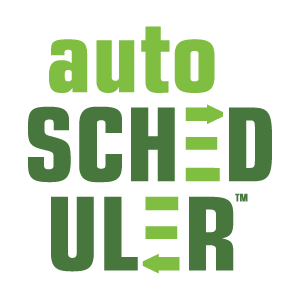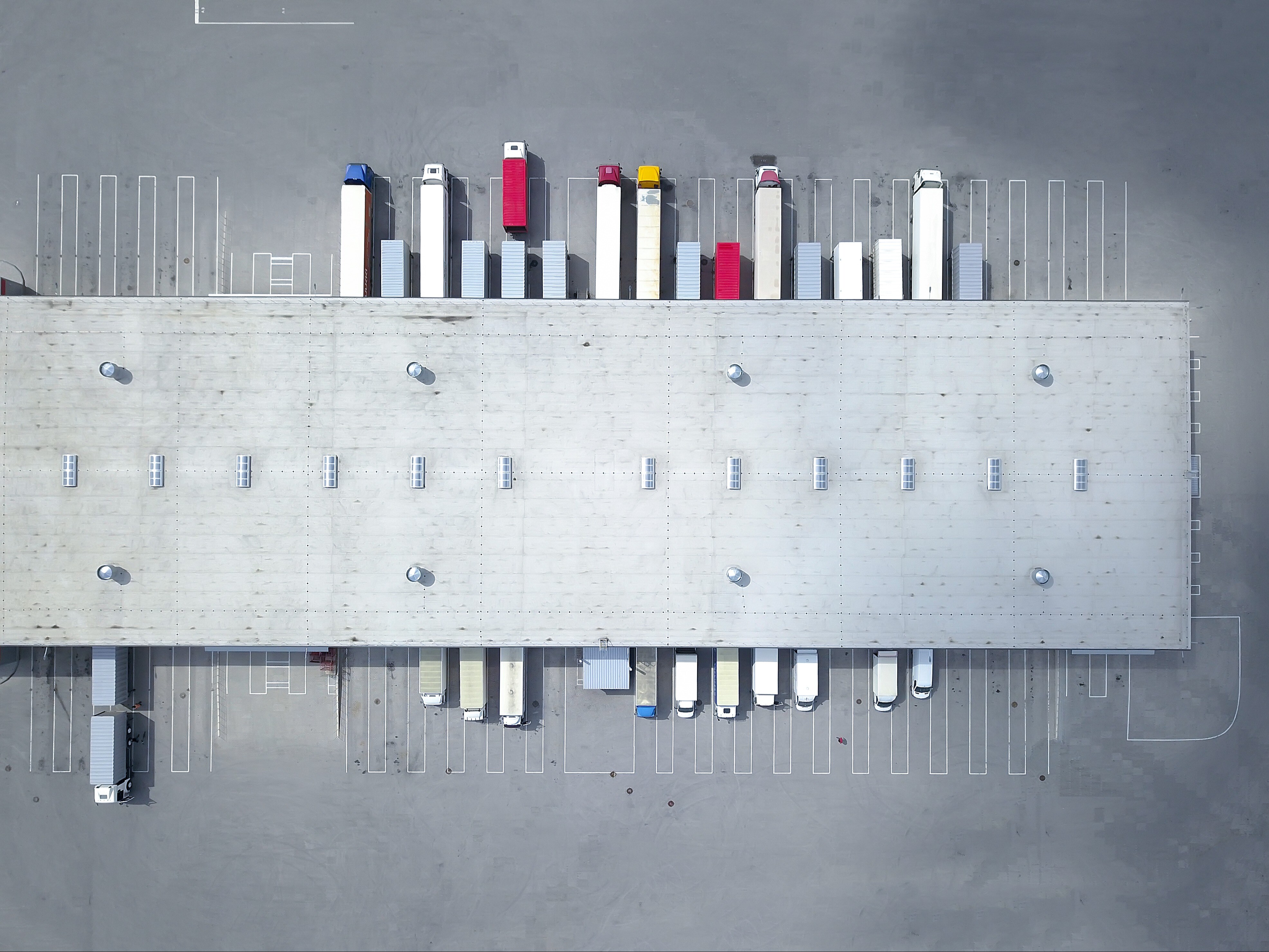(Part 1)Warehouse Orchestration - PepsiCo’s innovative approach to transforming its warehouse operations
Keith Moore, CEO of AutoScheduler.AI, and Peter Hall, Senior Manager at PepsiCo,discuss Warehouse Orchestration and the rapidly changing warehouse landscape,along with everyday challenges in managing labor and introducing automation and howPepsiCo has taken an innovative approach to revolutionizing its operations. Peter Hallhas been with PepsiCo for 16 years, starting as a frontline manager, then transitioningto headquarters, where he was responsible for the labor management team. Heintegrated PepsiCo's WMS and LMS to understand labor performance better, thentransitioned to a region performance manager, and now leads the orchestration effort.
Some key takeaways from the discussion include:
- Data and system integration: Learn how to think about your warehousing dataand how it contributes to optimizing warehouse operations.
- Operational optimization: Discover how advanced algorithms can help maximizeproductivity and minimize costs through real-time visibility. Understand how real-time insights for informed decision-making can be used in a warehouse and howto bring about positive change management through human and roboticintegration.
- Hear about the impressive approach taken by PepsiCo to help their leadershipteams plan for automation alongside a labor force
What is warehouse orchestration?
This is a new term in the industry, and AutoScheduler.AI is at the cusp of this cutting-edge technology. The term originated because as WMS (warehouse managementsystems) are implemented, they collect data from across the facility about what's goingin/out. Many warehouses have added automation because they have had challengeshiring labor. Some sites add labor management tools to help understand who isperforming well, who is performing poorly, and why they are performing poorly.
Over the past five to 10 years, especially accelerated by Covid, warehouse operationshave become more complex. Site workflows are now nonlinear, meaning multipleprocesses and workflows occur at every site, whether through labor, automation, uniquecustomer requirements, or advanced demands put on the business. Where a companyused to have two days to ship out orders, now they only have six hours. This addedcomplexity brings a need for sites to more intelligently understand how to run activities,balance labor, and plan everything in the facility, and help their leads, coordinators, andshift managers do their jobs more effectively to get everything out the door optimally.Warehouse orchestration is the solution to this complexity.
What are some of the challenges PepsiCo faced and why they decided to pursuean orchestration project?
Ten to fifteen years ago, warehouses were just square boxes—there was one way inand one way out—and products were stored there. As the business grows, differenttechnologies are introduced, but this is not cut and dry, and we have to rely solely onour dock leads and coordinators to make the correct decision on how to flow productfrom the various areas of the warehouse to its final destination sites.
Employees with ten to twenty years’ experience in warehousing could perform their jobswell, but during Covid, the average tenure dropped significantly, and we had toconstantly refill those positions. It was really a struggle to embed all that coreknowledge of the best way to run the warehouse, how to flow product faster, the optimalway to run the WMS, and more with new employees.
Previously, companies relied on five to seven different tools or reports to get informationon the next best step. Orchestration answers those questions before we ask them.Using the same tools could only go so far. We had to start doing things differently, suchas having a system that would automatically check everything and tell us what to do.
Orchestration looks at the inventory, how many loads we need to activate to finish thework, and how many people we need. It tells us if we have the space to do it and wherethe inventory is. Should we activate it in our traditional warehouse? Should we activateour automated warehouse? What does production look like? Are we going to have theright product on time?
It tells us whether we can't load because we don't have the product or the people.Orchestration tells us the answer instead of having to rely on someone to check allthese things. So we have a tool that tells us hours ago that we can't fill the load, so weneed to change things, push back the dispatch time, or sub out the products withanother product.
PepsiCo needed a system that would take information from the production area, WMS,LMS, and transportation, determine how to move forward best, and create a game planto improve fulfillment and efficiencies. They needed an orchestration layer in theirwarehouses and a technology partner to help determine how to use the informationoptimally to make the best decisions.
What are the results of implementing a warehouse orchestration solution?
With warehouse orchestration, sites can see a 30% to 35% productivity increase withoutadding additional labor or equipment. There are "soft" benefits of knowing where datagaps occur and resolving them. We have removed non-standard processes in thenetwork, too. We also have a better perspective on load readiness and fill rates. Are wefilling loads on time? Do we have the right products on the loads?
Orchestration is designed to increase productivity, but service levels must be maintained. This is part of the objective of orchestration.
A warehouse orchestration solution is best deployed at a company with complexprocess flows, a large amount of labor that must be balanced across an operation, alarge number of constraints, and challenging bottlenecks.
To do the orchestration, you need to know:
- What inventory do you have, and where is it?
- What do you need to ship, and when should you ship it?
- What products are coming in, and when?
- What does your production schedule look like?
- What lines are running andwhen?
- What is the bill of materials that is going into the production schedule?
- Are there certain materials that need to be shuttled to an area?
- Visibility of transportation, such as what trailers are in the yard?
- Do you need a trailer to start the drop load from a carrier?
- Can I start this now, orcan I plan for it?
- Do I need to unload a trailer first?
Eighty percent of this information is in the WMS, but the 20% you need can come froman LMS, TMS, YMS, or other system. You can automate work back into the WMS orTMS to help with issues like the following: We have a load tomorrow with a noondispatch time. It turns out the production schedule that you need for the inventory on theload can't meet the transportation team's schedule. Can we move the appointment forthe load to give the team more leeway? Or could we pick the load up early from anotherfacility?
When transportation comes to the site to pick up a load, they will know theexact status of the load, such as if it is not ready, a day ahead of time. They will knowwhen it is scheduled to be ready and what happening based on the current flow in thefacility.So what orchestration awards is not just the ability to gain productivity in the site, buthow do you leverage the site as a node in the supply chain to communicate effectivelyacross the rest of the organization and the silos that you're operating.

